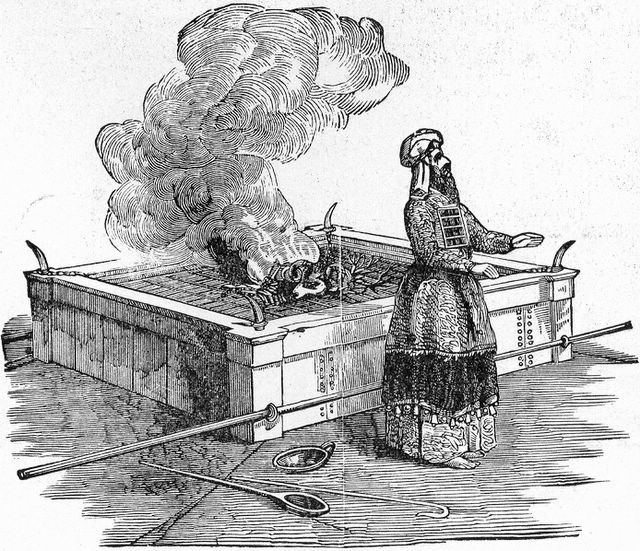 | ||
Tashlikh (Hebrew: תשליך "cast off") is a customary Jewish atonement ritual performed during the High Holy Days.
Contents
Practice
The ritual is performed at a large, natural body of flowing water (e.g., river, lake, sea or ocean) on the afternoon of Rosh Hashanah, the Jewish New Year, although it may be performed until Hoshana Rabbah. The penitent recites a Biblical passage and, optionally, additional prayers. Optionally, if the ritual is performed not on the Sabbath, small pieces of bread are thrown into the water.
Scriptural source
The name "Tashlikh" and the practice itself are derived from an allusion mentioned in the Biblical passage (Micah 7:18-20) recited at the ceremony: "You will cast all their sins into the depths of the sea."
Questionable early sources
Maharil
Most Jewish sources trace a year of the custom back to Yaakov ben Moshe Levi Moelin (d. 1427 in Worms) in his Sefer Maharil. There, he explains the custom as a reminder of the binding of Isaac. He recounts a midrash about that event, according to which Satan threw himself across Abraham's path in the form of a deep stream, in an attempt to prevent Abraham from sacrificing Isaac on Moriah. Abraham and Isaac nevertheless plunged into the river up to their necks and prayed for divine aid, whereupon the river disappeared.
Moelin, however, forbids the practise of throwing pieces of bread to the fish in the river, especially on Shabbat. This would seem to indicate that in his time tashlikh was duly performed, even when the first day of Rosh Hashanah fell on the Sabbath, though in later times the ceremony was, on such occasions, deferred one day.
Shelah
Rabbi Isaiah Horowitz (d. Tiberias, 1630) offers the earliest written source explaining the significance of allusions to fish in relation to this custom. In his eponymous treatise, Shelah (214b), he writes:
Ramah
Rabbi Moses Isserles (Krakow, d. 1572), author of the authoritative Ashkenazi glosses to the Shulchan Aruch, explains:
The deeps of the sea allude to the existence of a single Creator that created the world and that controls the world by, for example, not letting the seas flood the earth. Thus, we go to the sea and reflect upon that on New-Year's Day, the anniversary of Creation. We reflect upon proof of the Creator's creation and of His control, so as to repent of our sins to the Creator, and so he will figuratively "cast our sins into the depths of the sea" (Micah 7:18-20).
Opposition to the custom
The Kabbalistic practise of shaking the ends of one's garments at the ceremony, as though casting off the qliphoth, caused many non-kabbalists to denounce the custom. In their view, the custom created the impression among the common people that by literally throwing their sins they might "escape" them without repenting and making amends. The maskilim in particular ridiculed the custom and characterized it as "heathenish". A popular satire from the 1860s was written by Isaac Erter, in his "HaẒofeh leBet Yisrael" (pp. 64–80, Vienna, 1864), in which Samael watches the sins of hypocrites dropping into the river. The Vilna Gaon also did not follow the practice.
Mainstream acceptance today
Today, most mainstream Jewish religious movements view tashlikh as acceptable. It is generally not practised by Spanish and Portuguese Jews, and it is opposed by the Yemenite Dor Daim movement and by a small group of followers of the Vilna Gaon in Jerusalem.
Many Jews in New York City perform the ceremony each year in large numbers from the Brooklyn and Manhattan Bridges. In cities with few open bodies of water, such as Jerusalem, people perform the ritual by a fish pond, cistern, or mikveh.
